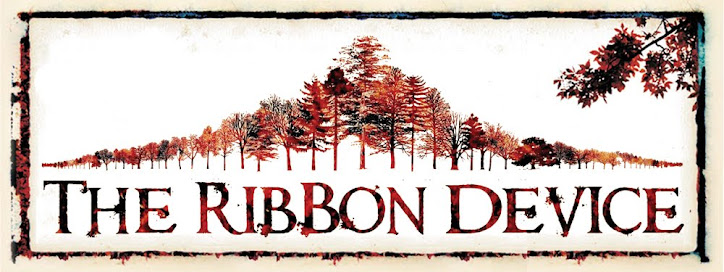Today I would like to share my knowledge on understanding music theory and how the note's relate to each other. The first thing to understand about music is that there are only 12 different note's or sounds. You might like to use the idea that if we were talking about food, then there are only 12 different flavours. All popular western styles of music are built on this idea. The next thing to understand is that some notes will sound good together while others will sound not so good. We call this consonance & dissonance. If we were talking about food then consonance would taste relaxed, like milk & bread while dissonance would taste tense like chocolate dipped sardines. Now not all 12 notes will sound like these extremes but will be either swing one way or the other.
Now if you have ever played a instrument and hit a wrong note then you have experienced one of these chocolate dipped sardines, not so hot are they. So lets look at a way to understand these 12 different sounds. (Now next week I will explain about key signatures but for the moment lets take a leap of faith and play everything in the key of C). In the key of C, C is the first note of the scale so lets call C "one" which makes D "two" E "three" and so on. Also in between each note are chromatics (# sharps & b flats or the black notes on the piano). So Db will be called "flat two", Eb "flat three" and so on.
Here is an easy lay out of the notes & their numbers.
| 1 | b2 | 2 | b3 | 3 | 4 | #4 | 5 | b6 | 6 | b7 | 7 | 1 |
| C | Db | D | Eb | E | F | F# | G | Ab | A | Bb | B | C|
So here is a description of each note (interval) relating back to the first note of the key signature.
C to C or 1 to 1: These notes together sound completely neutral as they are the same note. So they hold no tension and are completely relaxed. I like to call this the "Home" note as its the note you will want to finished your song on (if you want it to sound finished).
C to Db or 1 to b2 : This interval is very tense and will most likely remind you of the shower scene in "Psycho" or if you play it low "Jaws"
C to D or 1 to 2 : This interval is also tense but not so dramatic, but will remind you of an ambulance or police siren.
C to Eb or 1 to b3 : This is known as the sad interval & can be found in all minor chords & scales.
C to E or 1 to 3 : This is known as the happy interval & can be found in all major chords & scales.
C to F or 1 to 4 : This interval is tense but in a majestic kind of way, think of the Queen entering the room. You would most likely feel a little on edge but in a rather royal kind of way.
C to F# or 1 to #4 : This is known as the devil chord and is rather tense. If you were caught writing songs based on the devils chord around the time of the Spanish Inquisition you would have had your head removed. A lot of my metal students love this interval.
C to G or 1 to 5 : The 5th is similar to first note of the key, it is a very relaxed sounding interval. The 5th also a very strong sounding interval and is also called a power chord (commonly used in all forms of rock music). I also like to think of this as your home away from home, such as a holiday house.
C to Ab or 1 to b6 : This interval is tense and rather dark sounding, lots of my gothic/emo students love this interval.
C to A or 1 to 6 : This interval is tense but rather pleasant at the same time. Much like a shower that's a little too hot on a very cold morning.
C to Bb or 1 to b7 : A very funky & tense sounding interval. You hear this in most funk bass lines.
C to B or 1 to7 : Lastly one of the most tense sounding intervals. If you finish your song on this note you audience will forever be left hanging or they will just hate you.
Cheers
Mat
ps next week explaining key signatures

No comments:
Post a Comment